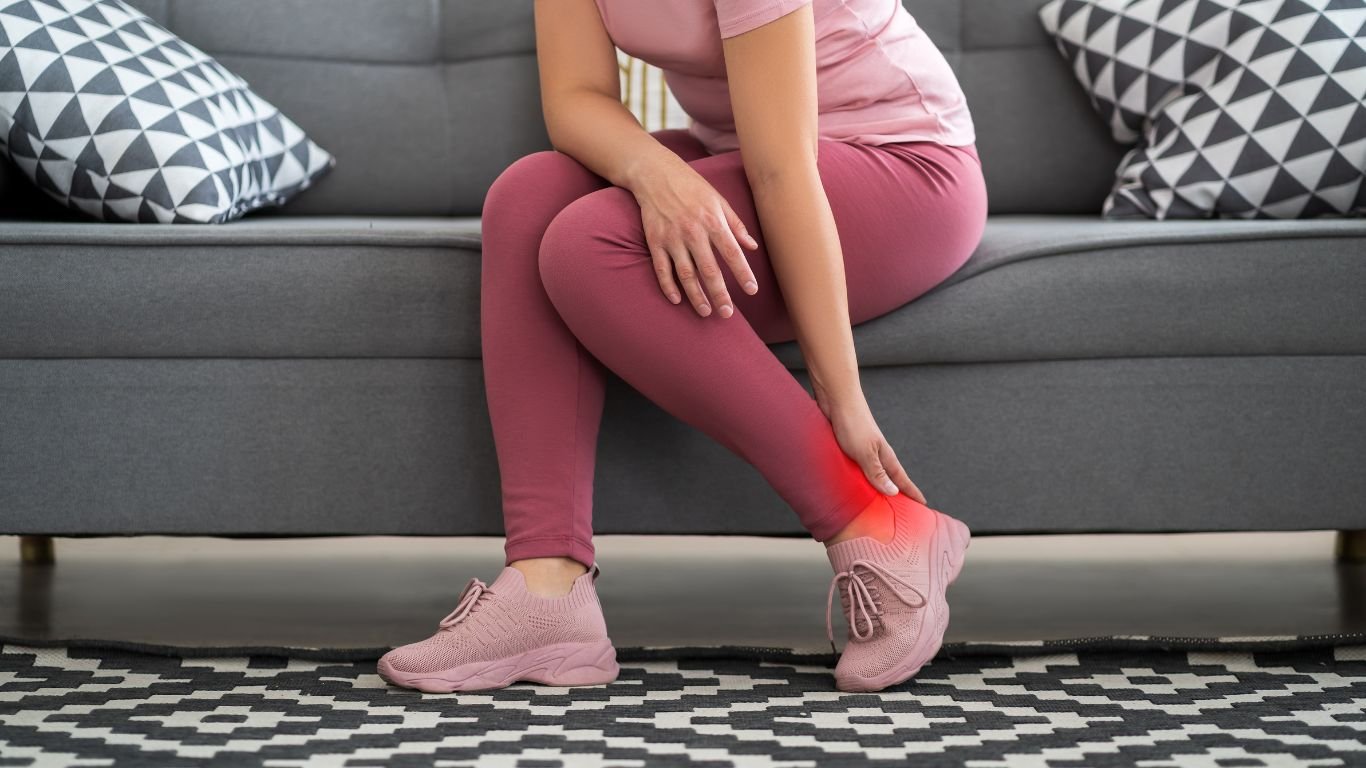Heel Pain from Haglund’s Deformity? Here’s How Physiotherapy Can Help
What is Haglund’s Deformity?
Haglund’s deformity, commonly called a “pump bump,” is a bony enlargement at the back of the heel bone. This condition causes severe heel pain, especially when wearing shoes that rub against the heel. It often leads to Achilles tendon irritation, swelling, and inflammation, making walking uncomfortable.
Symptoms and Causes
Common Symptoms:
- ✔ Sharp pain at the back of the heel
- ✔ Redness, swelling, or a visible bump
- ✔ Pain that worsens with shoe pressure
What Causes Haglund’s Deformity?
- Wearing rigid shoes that press against the heel
- High arches or abnormal foot mechanics
- Tight Achilles tendon
- Genetic predisposition
How Physiotherapy Helps in Treating Haglund’s Deformity
At Elite Advance Physiotherapy, Chennai, we provide non-surgical, pain-relief solutions for Haglund’s deformity:
- ✔ Shockwave Therapy: Breaks down calcifications and promotes tissue healing
- ✔ Laser Therapy: Reduces pain and inflammation effectively
- ✔ Manual Therapy & Stretching: Improves flexibility of the Achilles tendon
- ✔ Custom Exercise Programs: Strengthens foot muscles and improves mobility
These advanced treatments can significantly reduce pain and prevent surgery in most cases.
Custom Footwear Advice
- Choose soft-backed or open-heel shoes to reduce pressure
- Use heel pads or orthotic inserts for cushioning
- Avoid high heels or stiff-backed shoes
Home Care Tips for Heel Pain
- ✔ Apply ice packs for 10–15 minutes to reduce swelling
- ✔ Perform calf stretches and Achilles tendon stretches daily
- ✔ Use soft heel pads inside shoes for comfort
- ✔ Limit activities that put excessive strain on the heel
Elite Advance Physiotherapy – Your Heel Pain Specialist in Chennai
📍 Address: 83, Medavakkam Main Rd, Arulmurugan Nagar Extention, Thiruvalluvar Nagar, Keelkattalai, Chennai – 600117
📞 Call / WhatsApp: +91 86103 11521
🌐 Website: eliteadvancephysiotherapy.com
FAQ: Haglund’s Deformity & Physiotherapy
Yes. Physiotherapy with shockwave therapy and custom exercises can relieve pain and improve function without surgery.
Most patients see results in 3–6 sessions, depending on severity.
Absolutely. Wearing soft-backed shoes and using heel pads prevents irritation and speeds up recovery.
If proper footwear and exercises are maintained, recurrence is less likely.
Physiotherapy reduces pain and swelling, but the bony bump remains. Surgery is only needed for severe cases that don’t respond to conservative care.
